The Shoebill Stork, scientifically known as Balaeniceps rex, often captivates observers with its prehistoric appearance and enigmatic presence. A standout member of the bird world, the Shoebill is both a pristine example of nature’s creativity and a testament to the delicate balance within African wetlands. This article delves into the remarkable traits of the Shoebill that have fascinated ornithologists and nature enthusiasts alike, from its impressive size and unique features to its survival challenges.
The Distinctive Appearance of the Shoebill
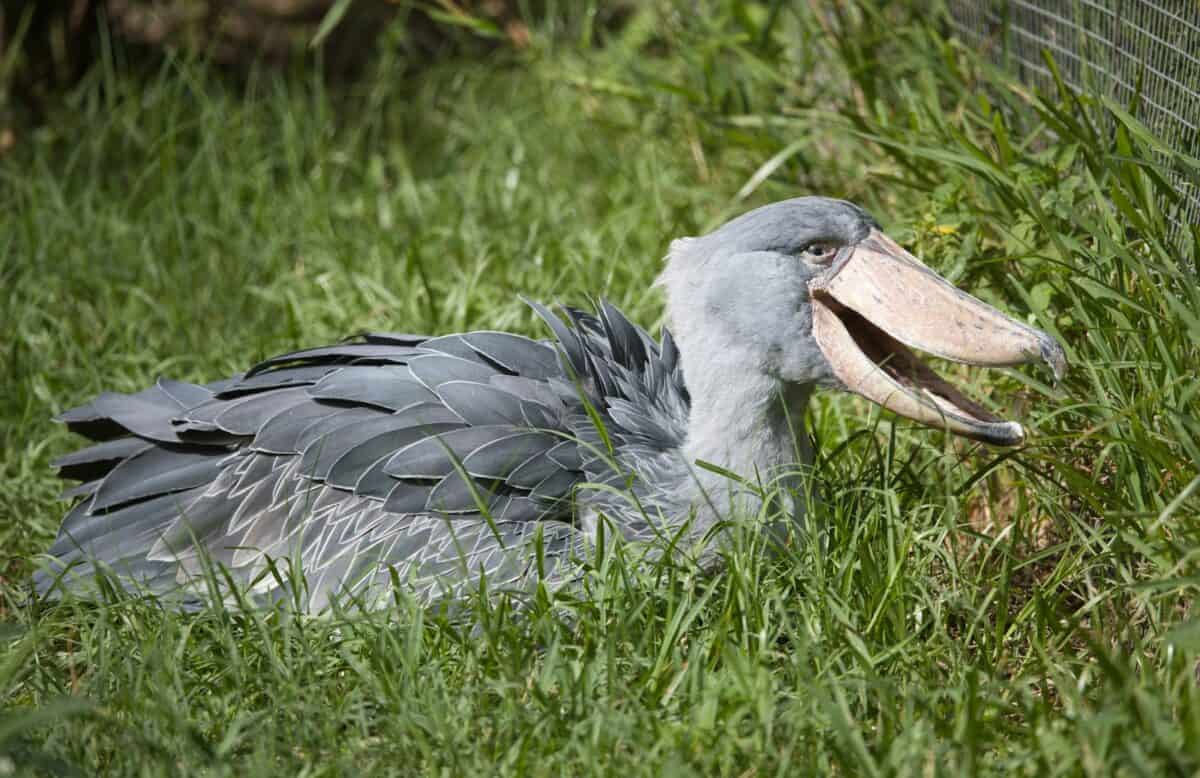
Noted for its dinosaur-like visage, the Shoebill’s most striking feature is its massive shoe-shaped bill. This unique structure is not just an aesthetic oddity; it serves a crucial role in capturing prey. The bird’s slate-grey plumage, piercing yellow eyes, and imposing height—often up to five feet—add to its grandiose presence, making it resemble a relic of a bygone era.
Habitat: The Swamps of Central Africa
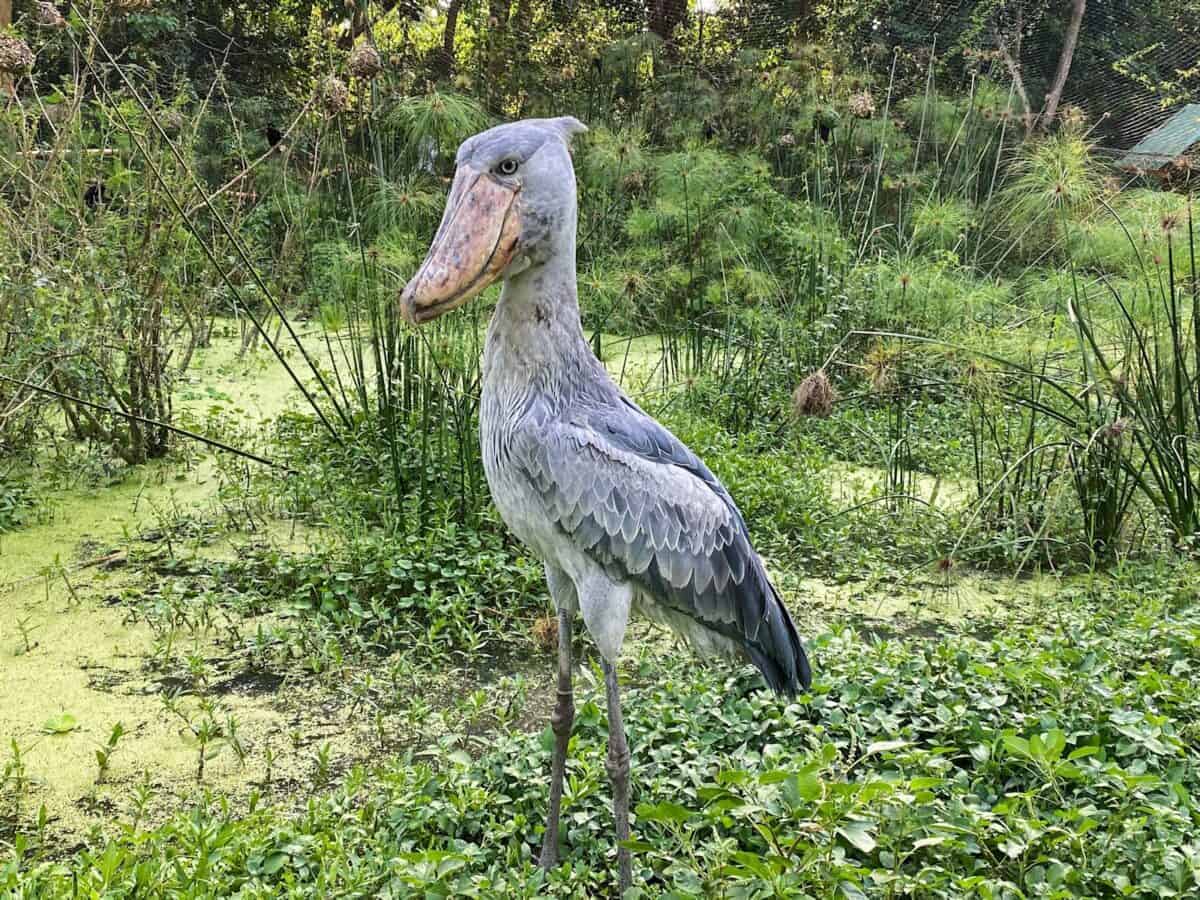
The Shoebill Stork inhabits the dense swamps and marshes of Central Africa, with significant populations found in countries like Uganda, South Sudan, and Zambia. These wetlands are not only essential for the Shoebill’s hunting practices but also provide a secluded environment that minimizes human interference, crucial for its survival.
Diet and Hunting Techniques
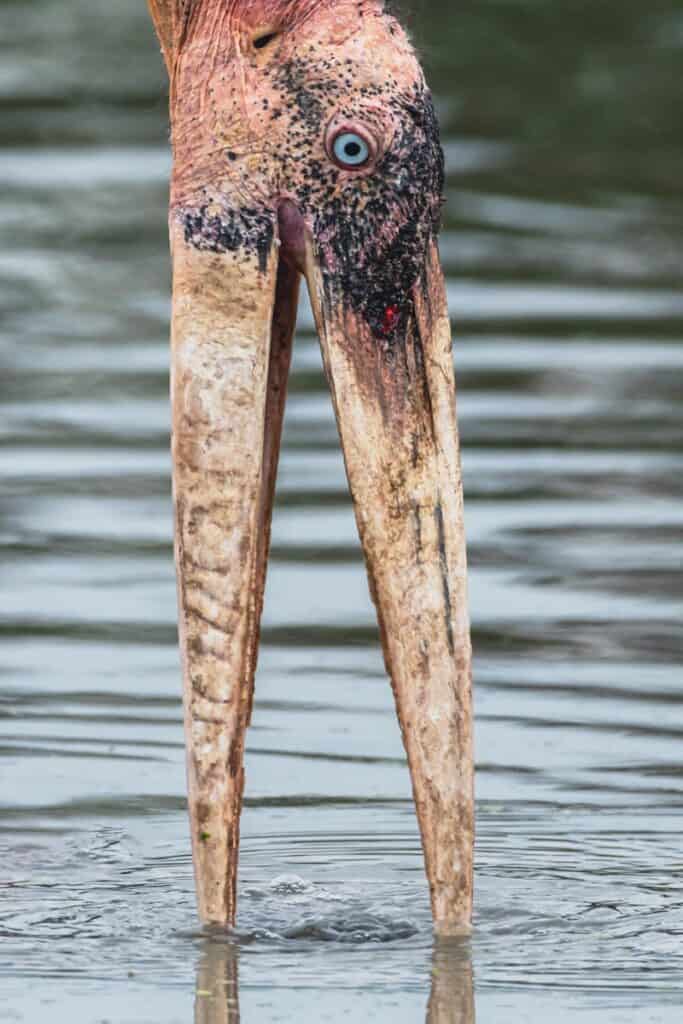
Primarily carnivorous, the Shoebill’s diet includes fish, frogs, and even small reptiles. Its formidable bill is instrumental in hunting, allowing it to effectively grasp and subdue slippery prey. The Shoebill’s method of hunting, often described as “stand-and-wait,” involves remaining motionless for extended periods before lunging with precision—a testament to its patient nature.
Reproduction and Lifespan

Shoebills are monogamous birds, with pairs forming strong bonds during the breeding season. Females typically lay two eggs, though usually, only one chick survives—a phenomenon attributed to sibling rivalry and resource scarcity. Juvenile Shoebills take several years to mature fully, with adults potentially living up to 35 years in the wild.
Conservation Status: A Species at Risk
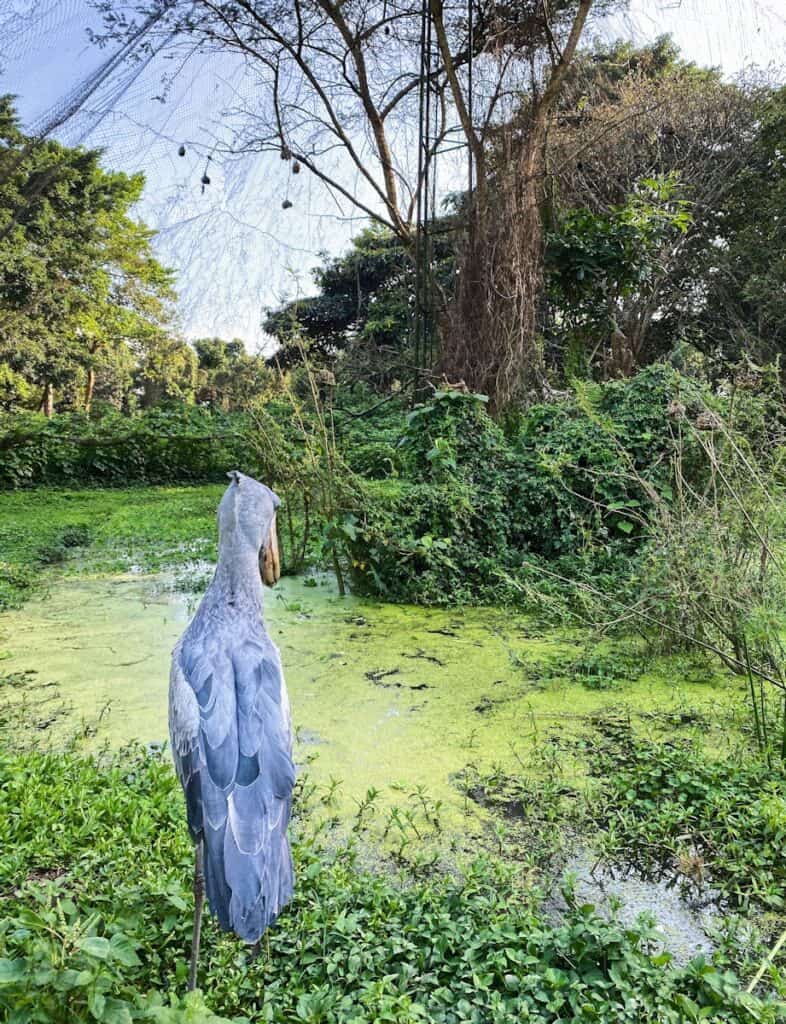
Classified as vulnerable by the IUCN, the Shoebill Stork faces numerous threats, primarily from habitat destruction and disturbance. As wetland areas are drained for agriculture and human settlement, the nesting and feeding grounds of these majestic birds diminish. Conservation efforts are critical to protect and preserve their natural habitats.
Human Interactions and Cultural Significance
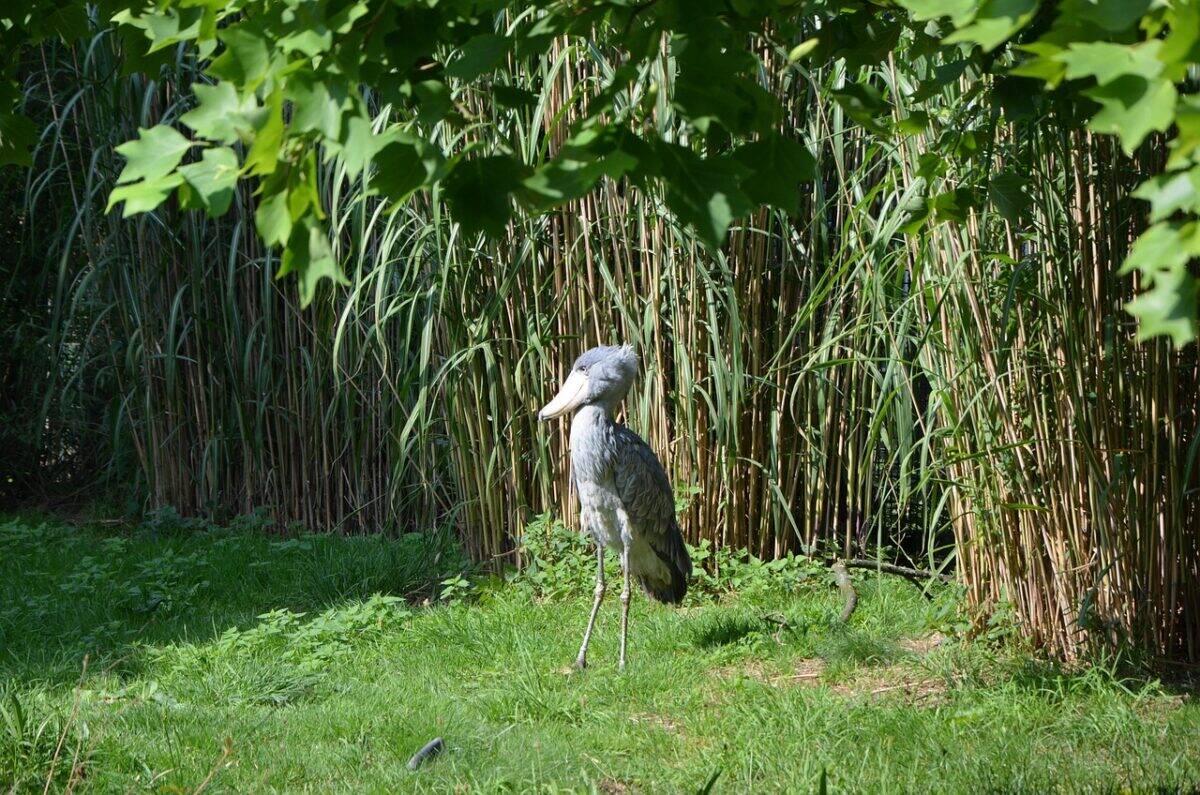
Despite their size and fearsome appearance, Shoebills are generally unaggressive towards humans. They have become an attraction for bird watchers and tourists who marvel at their singularity. In some African cultures, these birds are revered and respected, symbolizing strength and mystery.
Behavioural Traits and Social Structure
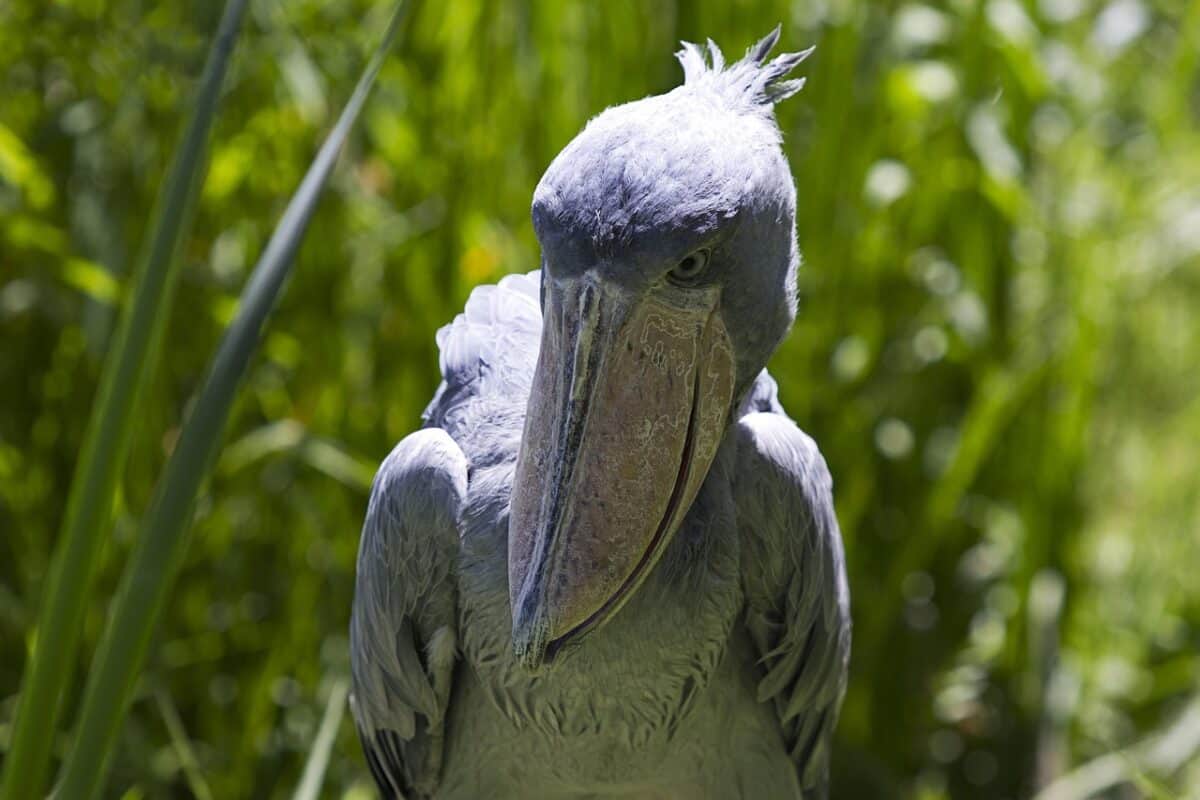
Shoebills exhibit solitary behavior, often spotted alone or in pairs. This solitary nature is also evident during their feeding practices, as they prefer not to compete with others for resources. Nevertheless, during the breeding season, they demonstrate complex social interactions imperative for successful mating and rearing of offspring.
The Role of the Shoebill in Ecosystem Balance

The Shoebill plays a critical role in maintaining the ecological balance of wetland ecosystems by controlling fish populations and contributing to the nutrient cycle. Their presence indicates a healthy, functioning ecosystem, thus serving as a barometer for the overall health of their habitat.
Conservation Efforts and Challenges
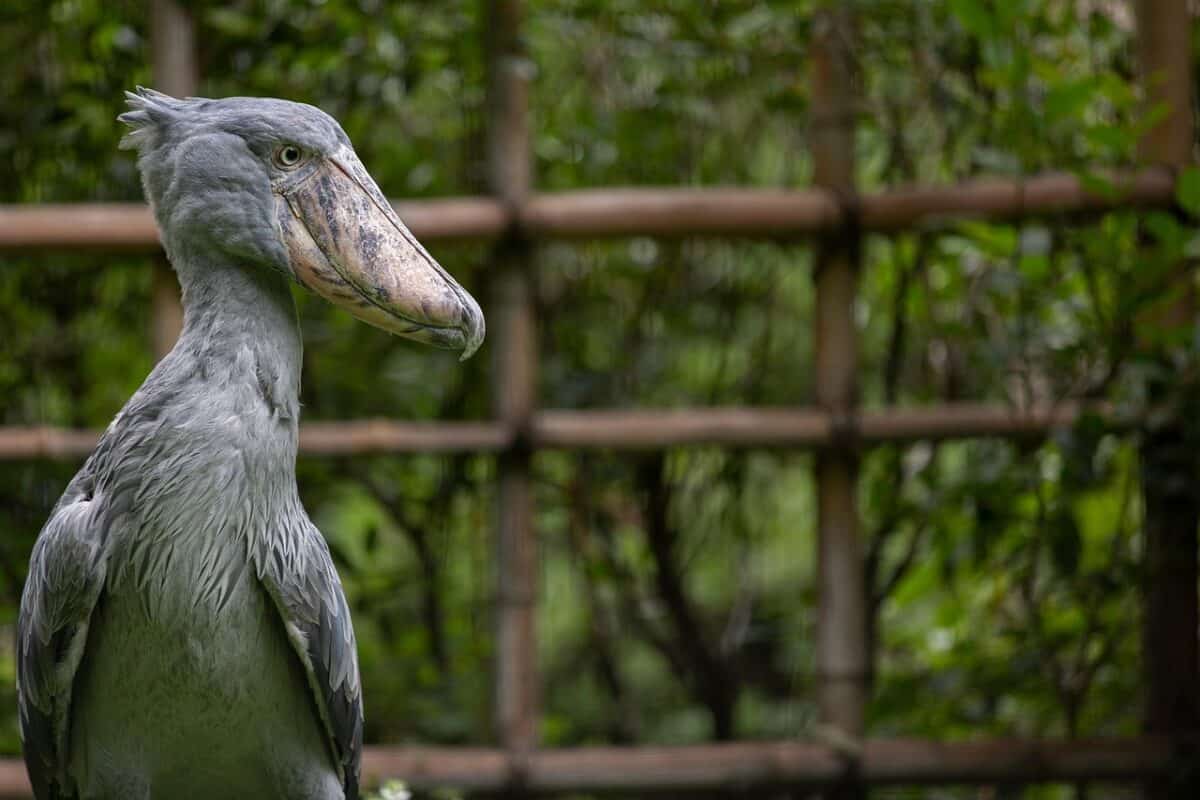
Numerous conservation organizations are dedicated to the preservation of the Shoebill’s natural habitats. These efforts include the establishment of protected areas, community education programs, and initiatives aimed at sustainable wetland management. Despite these efforts, ongoing challenges such as climate change and political instability continue to threaten their survival.
The Future of the Shoebill Stork

The future of the Shoebill Stork is tethered to the conservation successes of today. It requires concerted efforts from governments, conservationists, and local communities to ensure that these extraordinary birds continue to thrive. Sustainable practices and awareness are vital in safeguarding their natural habitats for future generations.
The Shoebill Stork, with its awe-inspiring presence and delicate existence, serves as a powerful reminder of nature’s diversity and fragility. As we strive to protect this remarkable species, we reflect on the broader narrative of conservation—one that champions not just the Shoebill, but the rich tapestry of life it represents. Through understanding and action, we can secure a future where these magnificent birds soar through the wetlands of Africa for generations to come.
- The Only Mammal That Can Lay Eggs—And It’s From Australia - August 23, 2025
- Why Horses Run in Herds – The Science of Their Social Nature - August 23, 2025
- The Arctic Animals That Call Alaska Home - August 23, 2025
